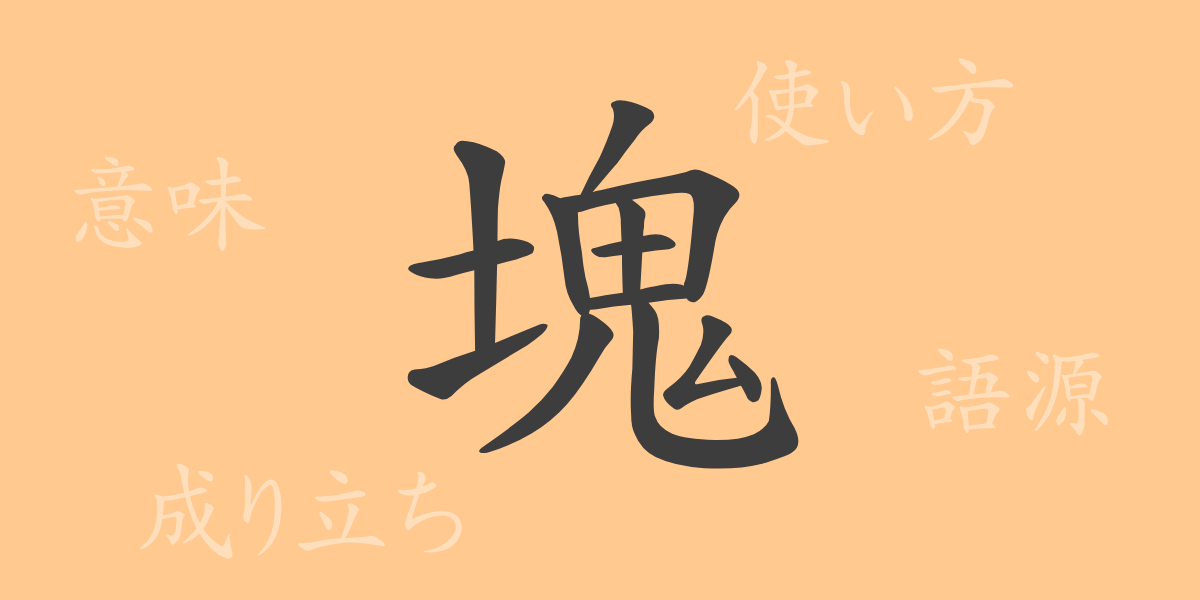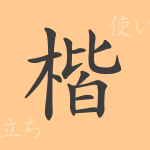Within the rich character culture of the Japanese language, the kanji “塊 (Katamari)” stands out for its profound sense of solidity in both form and meaning, appealing to many people’s hearts. This article delves into the historical background of the kanji “塊 (Katamari),” its usage, and the charm it holds through commonly used idioms and phrases in everyday life.
The Origin (Etymology) of 塊
The formation of the kanji “塊 (Katamari)” can be traced back to ancient China. It is composed of the radical “土 (Tuti),” meaning earth, combined with the character “鬼 (Oni),” indicating its phonetic component. This combination came to mean “clump of earth,” which eventually extended to various types of “clumps.” The shape of the character itself resembles a small mound of earth.
The Meaning and Usage of 塊
The kanji “塊 (Katamari)” signifies “something solid” or “an object with a definite shape.” It is used to describe a wide range of items, from natural elements like soil and stone to processed materials like clay or dough. Metaphorically, it also represents intangible “solidities,” such as a group of people or a heavy emotion in one’s heart.
How to Read 塊, Stroke Count, and Radical
The kanji “塊 (Katamari)” is included in the list of commonly used kanji in Japan, frequently encountered in our daily lives.
- Reading: The onyomi (Sino-Japanese reading) is “かい (Kai),” and the kunyomi (native Japanese reading) is “かたまり (Katamari).”
- Stroke Count: 13 strokes
- Radical: Earth radical (Tsuchihen)
Idioms, Phrases, and Proverbs Using 塊 and Their Meanings
There are numerous idioms, phrases, and proverbs in the Japanese language that include “塊 (Katamari).” For example, “塊根 (Kaikon)” refers to roots that swell underground like radishes or carrots. “心の塊 (Kokoro- no- katamari)” describes a state where deep emotions are condensed. Additionally, “塊思考 (Kaishikou)” denotes a type of thinking that perceives things as a whole without delving into analysis or details.
Conclusion on 塊
The kanji “塊 (Katamari)” aptly expresses the state of something gathered and solidified, as its shape and meaning suggest. In Japanese, it is not only used for tangible substances but also to represent abstract concepts, showcasing the versatility of the language. Through this article, we hope you have gained some insight into the profound world of the kanji “塊 (Katamari).”

























